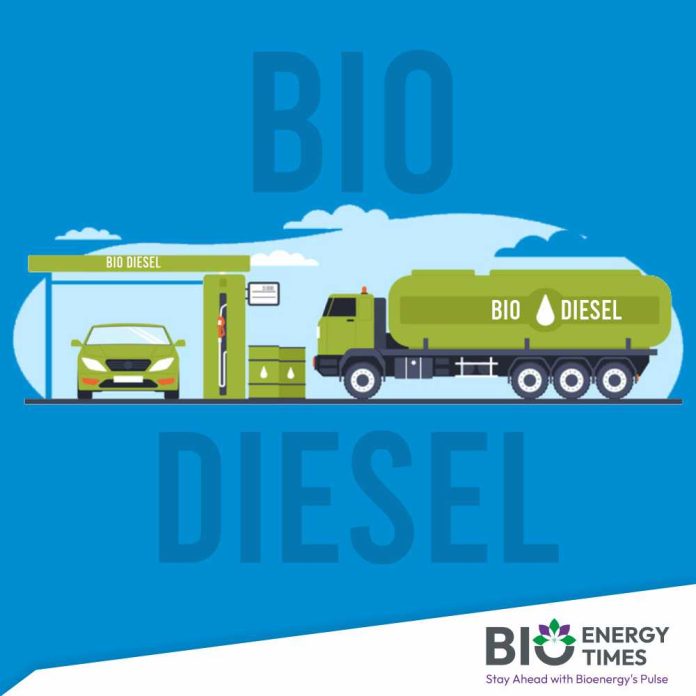Even after considering fixed costs and the Clean Fuel Production Credit (CFPC or 45Z), biodiesel producers are still experiencing significant losses. This comes despite a recent strong increase in the prices of renewable identification numbers (RINs), reports Fastmarkets.
RIN prices, which are credits for blending renewable fuels, have risen sharply over the past several weeks. They increased by 32% in the three-week period ending last Friday. By the end of the week, RIN prices reached their highest point since September 22, 2023.
While those in the market often say that higher RIN prices are needed for biodiesel and renewable diesel production to become profitable, what they really mean is that RIN prices need to increase at a faster rate than the difference between soybean oil and heating oil prices, known as the BOHO spread.
The BOHO spread is a measure of how profitable it is to produce biodiesel from soybean oil. A wider spread indicates that production is more expensive. RIN prices often increase to make up for these higher production costs.
However, for biodiesel producers, RIN prices have not kept up with the rising BOHO spread over the past three weeks. This has led to a further decline in their profit margins.
During this three-week period, the BOHO spread jumped by 68%, while RIN prices only increased by 32%. In the most recent week ending April 11th, the BOHO spread rose by 10%, but RIN prices only saw a 2% increase.
Soybean producers who also produce biodiesel have been increasing their production. This is partly to reduce the growing amount of soybean oil in storage from the processing of soybeans. Even when profit margins for biodiesel are low, these integrated producers can sometimes afford to do this because they are making money from processing soybeans or because it adds value to their entire soybean business.
However, many of these integrated producers are also struggling and are questioning why independent biodiesel producers would choose this time to restart production.
“I have been scratching my head [as to why stand-alone biodiesel operators] have been ramping up lately,” said one integrated producer. “The last time margins were this low, [they] were vocal about idling capacity. The production margins don’t make sense now.”















